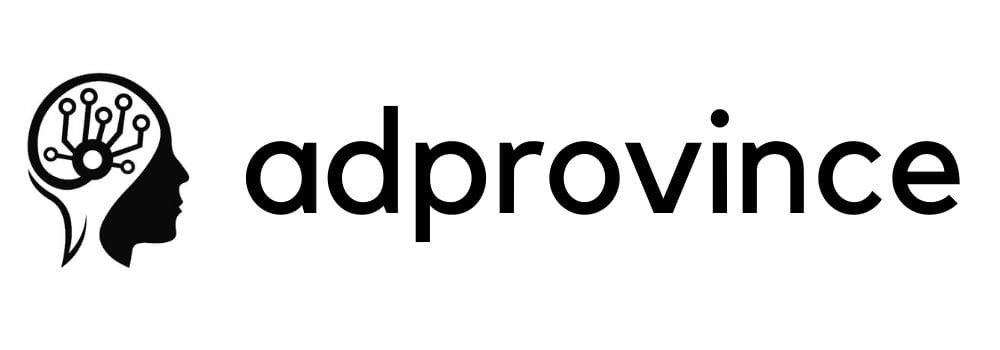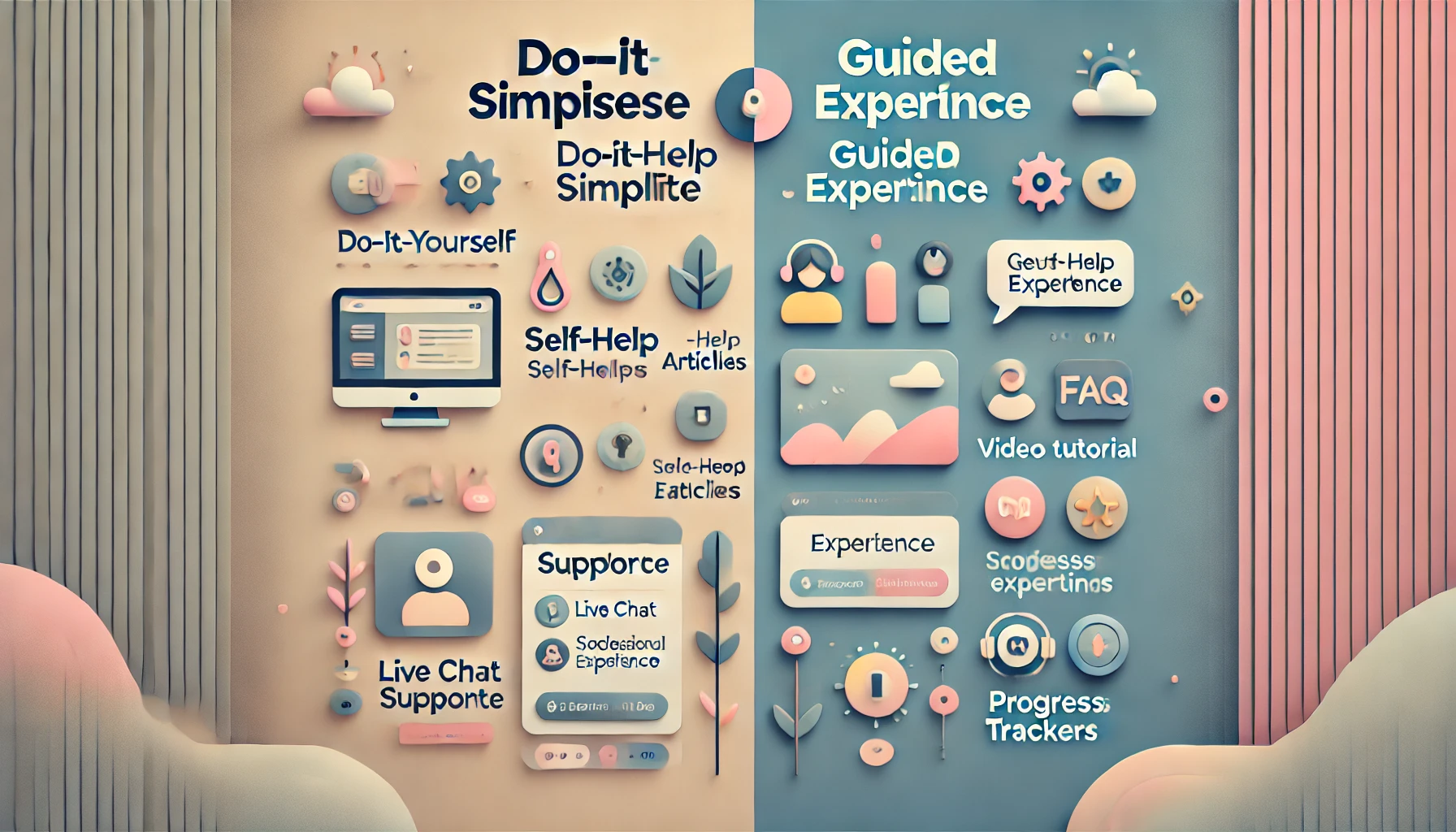When it comes to creating online forms—whether for surveys, lead capture, or feedback—Wix and Typeform are two popular platforms that can help you get the job done. Both have their strengths, but which one fits your specific website needs? If you’re not sure which tool to pick, this breakdown will help you make an informed decision.
While Wix offers built-in form tools that are straightforward and work seamlessly within its ecosystem, Typeform provides a more interactive, visually appealing experience. But is the added flair of Typeform worth it, or does Wix’s simplicity win the day?
Let’s dive in and compare Wix Forms vs Typeform across multiple factors like ease of use, customization, features, integrations, and pricing to see which one is the best fit for your site.
1. Ease of Use: Drag-and-Drop vs. Sleek Simplicity
Wix:
Wix’s form builder is integrated directly into the website editor, making it easy to drag and drop forms anywhere on your site. You don’t need to switch between platforms, which is convenient if you’re already familiar with Wix. Plus, its interface is beginner-friendly—perfect if you want quick results without getting bogged down in technical settings.
Typeform:
Typeform, on the other hand, offers a smooth, intuitive interface for building forms that are conversational and interactive. Creating forms in Typeform feels like designing an engaging experience rather than just filling out standard fields. However, because it’s not natively built into Wix, embedding requires an extra step, although it’s still fairly simple.
Winner:
If you’re already using Wix, the built-in form tool is the fastest and easiest way to create forms. But if user experience and visual design are top priorities, Typeform is the way to go.
2. Customization and Design: Basic vs. Beautiful
Wix:
Wix forms are simple but functional. You can change field layouts, adjust colors, and add images, but the design options are somewhat limited. If you need a form that blends into your site and gets the job done (without needing to look fancy), Wix has everything you need.
Typeform:
This is where Typeform really shines. With visually stunning forms that flow like conversations, Typeform feels modern and engaging. You can add GIFs, videos, logic-based questions, and advanced animations, creating forms that are far more interactive than Wix’s. It’s perfect if you want to wow your users with beautifully designed quizzes or surveys.
Winner:
If aesthetics and interaction matter, Typeform offers the best customization options. For straightforward, minimal forms that blend into a website seamlessly, Wix gets the job done.
3. Features and Functionality: Form Basics vs Advanced Logic
Wix:
Wix provides standard form features—things like contact forms, RSVP forms, lead generation fields, and payment integrations. It also allows file uploads, dropdown menus, and custom thank-you messages. However, it lacks more advanced features like multi-step forms or conditional logic, which can be limiting for complex use cases.
Typeform:
Typeform offers a wealth of advanced features, including conditional logic (where questions change based on previous answers) and multi-step forms that feel like an interactive journey. This makes Typeform a better choice for surveys, quizzes, and conversational forms, where engagement matters.
Winner:
For complex forms that require logic or multiple steps, Typeform wins. For basic forms like contact or booking requests, Wix’s built-in tools are more than sufficient.
4. Integrations: Wix’s Built-In Tools vs Typeform’s External Ecosystem
Wix:
Wix forms integrate seamlessly with Wix’s ecosystem, including Wix CRM, automations, and email marketing tools. This makes it easy to manage leads, follow up with customers, or trigger automatic emails without needing third-party apps. However, Wix is somewhat limited when it comes to integrating with other external tools.
Typeform:
Typeform connects easily with a wide range of tools, including Google Sheets, Mailchimp, Zapier, and Slack. This makes it ideal for businesses that rely on multiple apps and need flexibility in managing responses or automating tasks. However, managing these integrations requires more setup than Wix’s all-in-one approach.
Winner:
If you need deep external integrations or work with tools like Slack or Mailchimp, Typeform is a better fit. If you prefer staying within the Wix ecosystem without extra tools, stick with Wix forms.
5. Mobile Optimization: Both Get the Job Done
Both Wix and Typeform offer mobile-responsive forms, meaning they adjust to different screen sizes automatically. In Wix, however, you may need to manually fine-tune the form layout to ensure it looks perfect on mobile. Typeform’s forms are inherently designed to flow well on both desktop and mobile, offering a smoother experience for users on the go.
Winner:
While both tools are mobile-friendly, Typeform offers a slightly better experience out of the box.
6. Pricing: Free vs Premium Plans
Wix:
If you’re already a Wix user, you get access to forms as part of your plan, although certain advanced features (like automations or payment forms) are only available on higher-tier Wix plans. Essentially, you don’t need to pay extra just to use forms, which makes it a budget-friendly option.
Typeform:
Typeform offers a free tier, but it limits the number of responses and features. To unlock premium features like conditional logic, integrations, and branding options, you’ll need to pay for a subscription plan, which can get pricey if you need more responses or advanced tools.
Winner:
For businesses on a budget or those already using Wix, the built-in forms are a better value. However, if you need advanced features and don’t mind paying extra, Typeform is worth the investment.
7. Use Cases: Which Tool Fits What Scenarios Best?
- Wix Forms:
- Simple contact forms
- Appointment booking or RSVPs
- Lead capture forms for internal use
- Payment forms integrated with Wix stores
- Typeform:
- Engaging quizzes and surveys
- Multi-step lead capture forms
- Personality tests and polls
- Feedback forms with advanced logic
- Forms for external audiences (shared via link or embed)
Winner:
For simple website-based forms, Wix’s built-in tools are the easiest and most cost-effective option. For interactive forms and scenarios where form experience matters—like feedback surveys, quizzes, and customer interactions—Typeform takes the crown.
8. User Experience and Form Psychology: Engagement vs. Functionality
When it comes to user experience (UX), the psychology behind form design plays a crucial role. How your audience interacts with your forms can directly impact your completion rates. The design philosophy of Typeform and Wix forms reflects two different approaches—engagement-driven vs. functionality-focused.
Typeform:
Typeform leans into interactive UX design by presenting forms one question at a time. This “one-at-a-time” flow makes the form feel more personal, like a conversation, which reduces the sense of overwhelm and encourages users to continue. Typeform also allows you to add animations, videos, and progress indicators, which keep users more engaged—making it ideal for interactive quizzes, surveys, or feedback forms.
Wix Forms:
Wix forms, in contrast, are structured to deliver information efficiently, focusing more on practicality than engagement. This makes them well-suited for task-oriented forms like contact or payment forms, where users want to quickly fill in information and move on. The simple, straightforward layout reduces friction for users who prefer no-frills input experiences.
Pro Tip:
If your audience needs encouragement to complete forms—say, for a feedback survey—Typeform’s gamified, interactive approach will work better. But if users just need to provide basic details (like name, email, or booking information), Wix’s static forms are faster and more effective.
9. Data Security and Privacy: What You Need to Know
With data privacy laws like GDPR in Europe and CCPA in California, ensuring compliance is non-negotiable—especially if your forms collect personal information. Both Wix and Typeform offer tools to keep your forms secure, but they handle privacy in slightly different ways.
Typeform:
Typeform allows you to customize privacy settings on a form-by-form basis. You can add consent checkboxes to collect explicit user permission for personal data, and Typeform’s servers are fully GDPR-compliant. If you need to gather sensitive data—like feedback on medical services or user demographics—Typeform provides a more controlled environment.
Wix:
Wix forms also comply with GDPR, and the platform makes it easy to add terms and conditions checkboxes or display privacy notices. However, because Wix forms are often used within Wix’s native tools and CRM, they work best for internal lead management rather than collecting data for external tools.
Pro Tip:
If you’re running a form that collects detailed personal data or requires integrations with third-party tools, Typeform’s flexibility with data security might suit you better. For basic forms tied to your internal workflows (like lead capture or contact forms), Wix ensures everything stays secure and centralized.
10. Forms for E-Commerce and Payments: Which Tool Works Better?
If you’re managing an e-commerce store or running a service-based business on Wix, you’ll likely need forms that support payment processing or customer inquiries. Both Wix forms and Typeform offer ways to integrate payments, but their approaches differ.
Wix:
Wix makes it super easy to add payment fields to your forms, whether you’re collecting deposits, selling products, or charging for events. The payment gateway works directly with Wix Payments or other integrated processors like PayPal and Stripe. This makes Wix forms ideal for booking forms, service fees, and e-commerce checkouts.
Typeform:
While Typeform supports payment collection via Stripe, it’s better suited for one-off payments or donations within a survey or quiz. For example, if you’re running a fundraising campaign or charging for access to exclusive content (like a quiz with personalized results), Typeform’s interactive design adds a layer of fun to the process. However, it’s not as e-commerce-friendly as Wix when it comes to managing multiple products or services.
Pro Tip:
If your focus is on e-commerce or appointment scheduling, Wix offers a more practical, integrated solution for handling payments. But if you need payment functionality wrapped in an engaging experience—like a fun donation drive—Typeform brings more creativity to the table.
11. Accessibility: Ensuring Everyone Can Use Your Forms
Accessibility is a critical, but often overlooked, factor in form design. You want your forms to be usable for everyone, including people with disabilities. Both Wix and Typeform have taken steps to ensure their forms meet accessibility standards, but their implementation varies.
Wix:
Wix provides built-in accessibility tools that ensure forms meet the Web Content Accessibility Guidelines (WCAG). You can easily adjust font sizes, color contrasts, and keyboard navigation to make your forms usable for people with visual impairments or motor disabilities. Additionally, Wix has an Accessibility Wizard that scans your site and suggests improvements.
Typeform:
Typeform also offers accessible forms, with support for screen readers and keyboard navigation. However, its one-question-at-a-time layout can be challenging for users who rely on assistive technology, as it requires multiple interactions to move through the form. Typeform is working on improvements, but for now, it may not be the best fit if accessibility is a top priority.
Pro Tip:
If accessibility compliance is critical—like for government organizations or educational websites—Wix provides a more reliable option. However, if engagement takes priority and your audience is comfortable with interactive layouts, Typeform still delivers an engaging experience.
12. Support and Learning Curve: DIY Simplicity vs. Guided Expertise
Let’s be honest—things don’t always go as planned when creating forms. Whether it’s a technical hiccup or a design challenge, customer support matters. Here’s how Wix and Typeform compare in terms of help and learning resources.
Wix:
Wix provides 24/7 customer support through live chat, email, and forums. If you’re stuck with a form issue, you can quickly get help from their support team or refer to the Wix Help Center, which is packed with tutorials. For most issues, Wix’s form builder is easy enough to troubleshoot without much technical knowledge.
Typeform:
Typeform offers a knowledge base with detailed documentation and email support. However, live chat is only available for premium users, and some advanced features (like logic jumps or integrations) can have a bit of a learning curve. If you’re new to interactive forms, expect to spend a little time exploring tutorials to get comfortable.
Pro Tip:
If you prefer instant support and easy troubleshooting, Wix might be the better option. However, if you’re willing to invest time learning how to leverage advanced features, Typeform’s resources will help you unlock its full potential.





